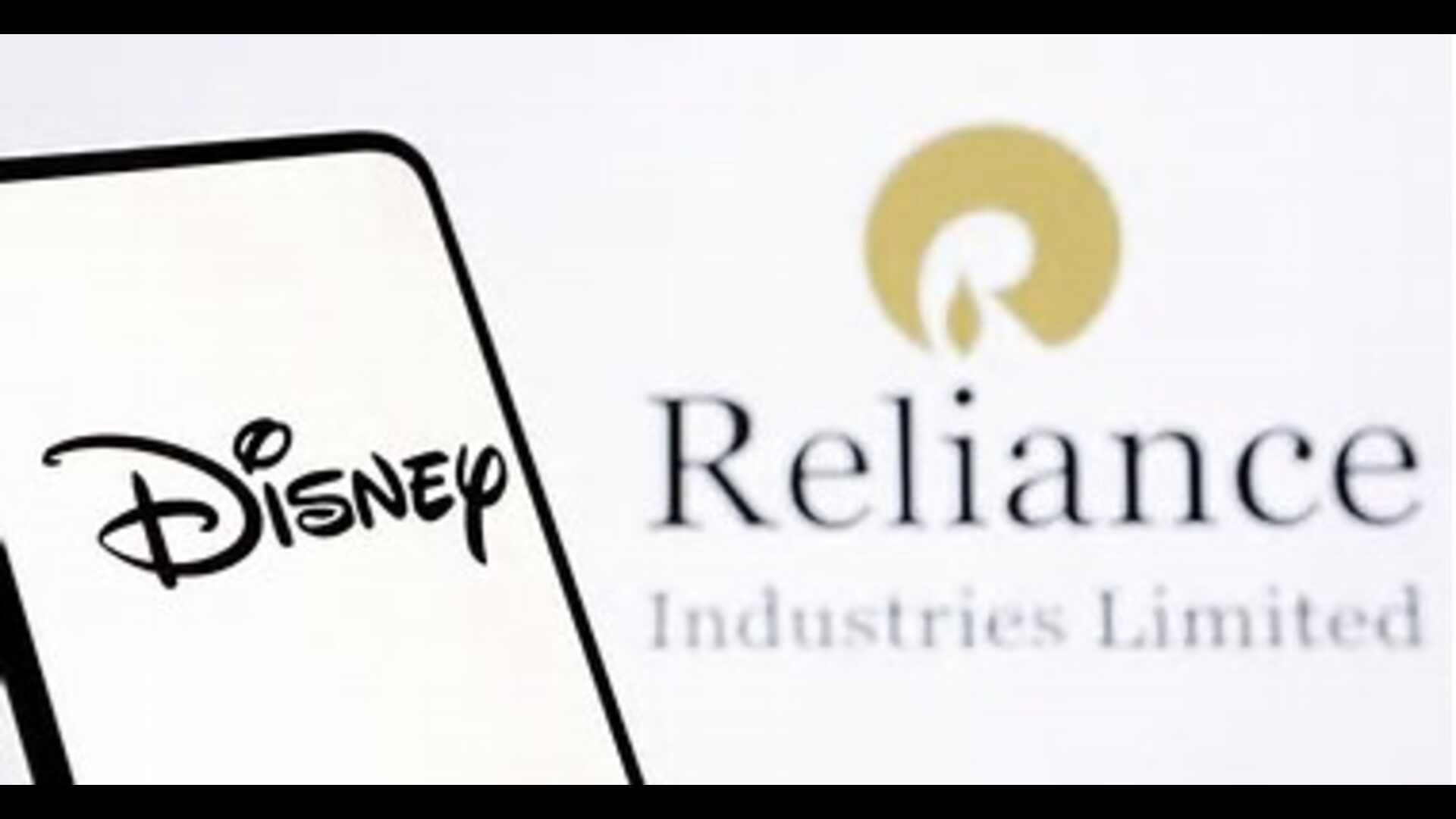
With AR and VR finding their way into our lives, Metaverse is the new combination of both augmented reality (AR) and virtual reality (VR) and has been the talk of the town since Facebook rebranded itself as Meta.
However, it is a lesser-known fact that the term Metaverse was first coined by Neal Stephenson in his book Snow Crash back in 1992.
Let’s get in-depth about what Metaverse means.
What is the Metaverse?
The metaverse is an online immersive 3D universe that connects different users in various scenarios. It uses complex technologies like augmented reality, virtual reality, and eye-tracking technologies. People can play, earn, purchase, and host virtual events in the Metaverse. Some popular examples of metaverse technology are Fortnite, Roblox, and Sandbox.
Metaverse is a diverse world of digital assets, games, businesses, virtual avatars, digital currencies, etc. One of the most exciting features of the metaverse is one can experience the whole world sitting right at home. There are five important aspects of the metaverse – hardware, infrastructure, community, content, and currency.
Types of Metaverse
Several types of metaverse are currently being developed, each with its unique features and potential uses. Here are some of the most prominent types of metaverse:
l Gaming Metaverse: This type of metaverse is primarily focused on gaming. In these virtual worlds, players can interact with each other, complete quests, and compete in various activities. Popular examples of gaming metaverses include Roblox, Second Life, and Minecraft.
Social Metaverse: A social metaverse is designed to enable social interaction and networking. These virtual worlds provide users with a platform to meet new people, attend events, and participate in various activities. Social media companies like Facebook and Twitter are exploring the possibilities of a social metaverse.
l Economic Metaverse: An economic metaverse is focused on the creation and exchange of digital goods and services. These virtual worlds allow users to buy and sell virtual assets, as well as trade virtual currencies. Examples of an economic metaverse include the blockchain-based game Axie Infinity and the virtual marketplace Decentraland.
Educational Metaverse: This type of metaverse is designed to be a platform for learning and education. Educational metaverses offer immersive environments that can be used for virtual classrooms, interactive simulations, and training programs.
l Corporate Metaverse: A corporate metaverse is designed to be a virtual workspace that provides employees with a platform to collaborate and work together. These virtual worlds can be used to conduct virtual meetings, work on projects, and even provide remote customer service.
l Artistic Metaverse: An artistic metaverse is focused on providing a platform for creative expression and exploration. These virtual worlds can be used to showcase art, music, film, and other creative endeavors.
Who owns the Metaverse?
Metaverse is a technology like an internet. No one owns it. It is not a physical element that someone can own. It is a 3D world where everyone can participate. Different companies and people can create different metaverses. For example, the Facebook Metaverse is owned by CEO Mark Zuckerberg, and Decentraland is owned by Metaverse Holdings Ltd.
How will Metaverse shape the future?
The future of the metaverse is a subject that is being discussed by experts in the fields of technology, gaming, and social media, among others.
One potential future for the metaverse is that it will become an integral part of our daily lives. In this case, the metaverse would be a place where people work, play, and socialize. It would be a virtual world that is as real to people as the physical world, with its economies, cultures, and social norms. This would require significant advancements in technology, including the development of fully immersive virtual reality experiences, as well as the creation of secure and reliable systems for conducting transactions within the metaverse.
Another possibility for the metaverse is it will be controlled by a few large companies, like the internet today. These companies will have complete access and control of the metaverse. This could create issues like privacy, security concerns, and lack of innovation.
There is also the possibility that the metaverse will become a decentralized space, with no single entity controlling it. In this scenario, the metaverse would be built on blockchain technology, allowing for transparent and secure transactions. This would also create opportunities for users to own and control their digital assets, which could range from virtual real estate to unique digital items.
Conclusion
Ultimately, the future of the metaverse is still uncertain. However, there is no doubt that it has the potential to become a significant part of our lives in the years to come. As technology continues to advance, we can expect to see new and innovative ways to create immersive virtual experiences, as well as new challenges and opportunities related to the metaverse.
Saurabh Tiwari is the CEO of ThinkerPlace.














